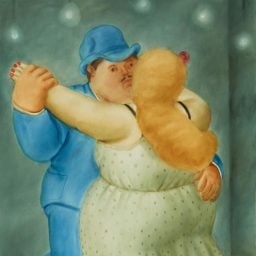This week, Canada’s Heffel Fine Art Auction House is set to present their fall live auctions to an international audience—which is expected to bring between $13–20 million CAD ($10–15 million) overall. The two primary events making up the season’s sales are both scheduled for November 23, 2023, opening with the Post-War and Contemporary Art sale at 5 p.m. and Canadian Impressionist and Modern Art at 7 p.m.
Across the sales are examples of work by some of the most important 20th- and 21st-century artists and artworks, including Andy Warhol’s Queen Elizabeth II of the United Kingdom (1985), hailing from the “Reigning Queens, Royal Edition” series, an iconic screen print replete with diamond dust. Works by some of Canada’s most well-known artists, including the celebrated landscape painter Emily Carr, are also up for sale.
Below, we explore six intriguing lots from the forthcoming sales.
Emily Carr
Alert Bay (Indian in Yellow Blanket) (1912)
Est. $1,000,000–$1,500,000 CAD

Emily Carr, Alert Bay (Indian in Yellow Blanket) (1912). Courtesy of Heffel.
Considered one of Canada’s most important and historically significant artists, Emily Carr (1871–1945) is best known for her works depicting Indigenous peoples and cultures of the Pacific Northwest. A pioneer within the Canadian art scene, she was an early adopter of Modernist and Post-Impressionist style, and frequently employed a Fauvist-inspired color palette in her compositions. A highlight from the Canadian Impressionist and Modern Art sale, the present lot features all the hallmarks of Carr’s inimitable style.
Jean Paul Riopelle
Sans titre (Composition #2) (1951)
Est. $3,000,000–$5,000,000 CAD
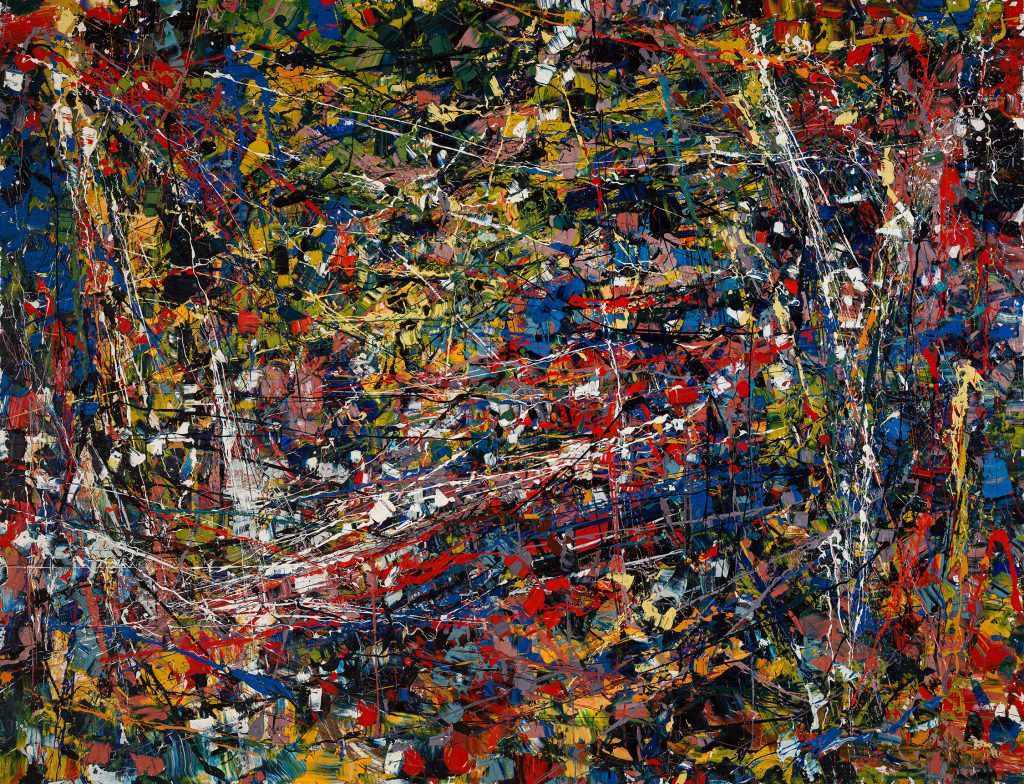
Jean Paul Riopelle, Sans titre (Composition #2) (1951). Courtesy of Heffel.
Coinciding with the centenary of his birth, the Post-War and Contemporary Art sale includes seven works by Canadian Abstract Expressionist artist Jean Paul Riopelle (1923–2002). Working in parallel with the AbEx artists of New York like Jackson Pollock and Willem de Kooning, Riopelle’s distinct approach to the all-over painting technique is evident in Sans titre (Composition #2) (1951). While Greenbergian theory posited that the all-over approach eradicated the traditional hierarchy of elements within the composition, Riopelle instead saw the hierarchy in the third dimension; here, the first layer is comprised of heavily impastoed pigment, and the genre’s hallmark drips are laid over top.
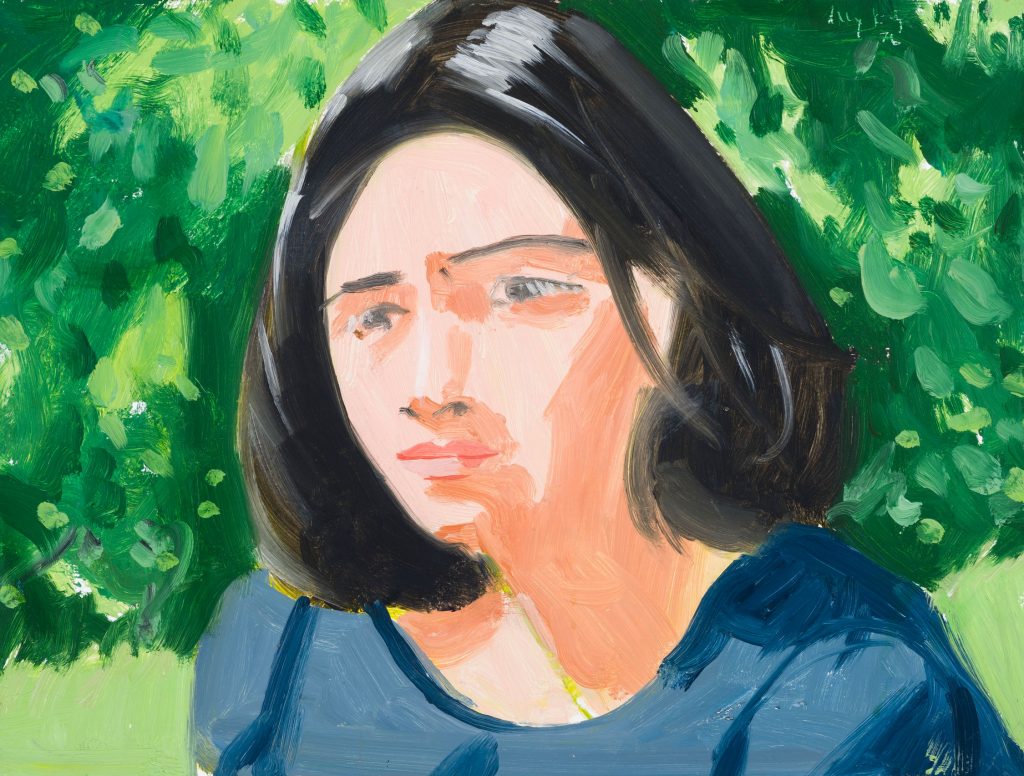
Alex Katz, Ada in the Sun (1976). Courtesy of Heffel.
Recently the subject of a major career retrospective at the Solomon R. Guggenheim Museum in New York, Alex Katz (b. 1927) has continually found inspiration in his wife Ada since their meeting in 1957. Ada has been the subject of over 250 portraits appeared in some manner in hundreds more over than six decades. Her visage combined with Katz’s signature style of employing flat plates of color and simplified forms, has become one of the most recognizable depictions of the 20th century.
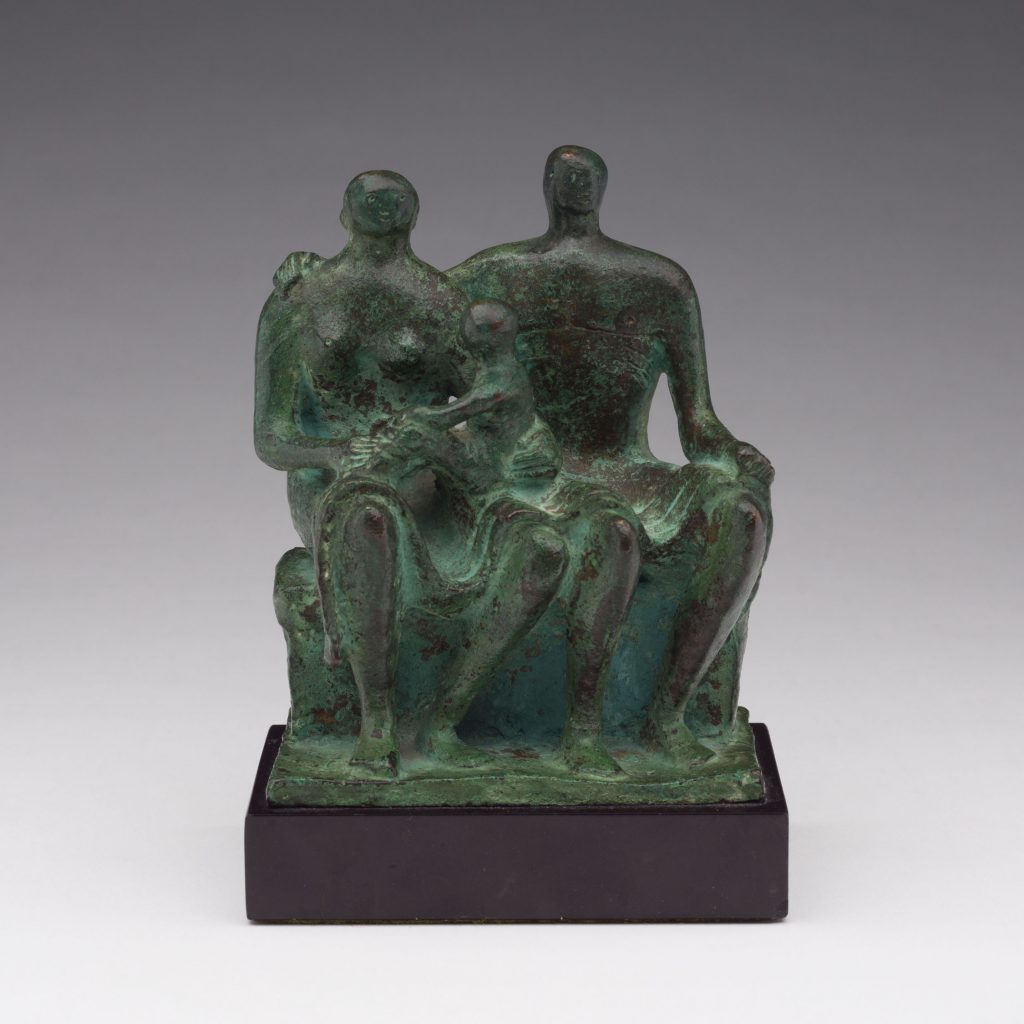
Henry Moore, Family Group (1944). Courtesy of Heffel.
English artist Henry Moore (1898–1986) garnered worldwide acclaim for his pioneering—and often monumental—semi-abstract sculptures. Moore’s practice centered on the human form, and he continuously explored the compositional and abstract possibilities of the body and the boundaries of figuration. The present lot, Family Group (1944), matches the work of the same edition within the permanent collection of the Tate Gallery in London, and has a single-family provenance originating to its acquisition from Dominion Gallery in the 1950s.
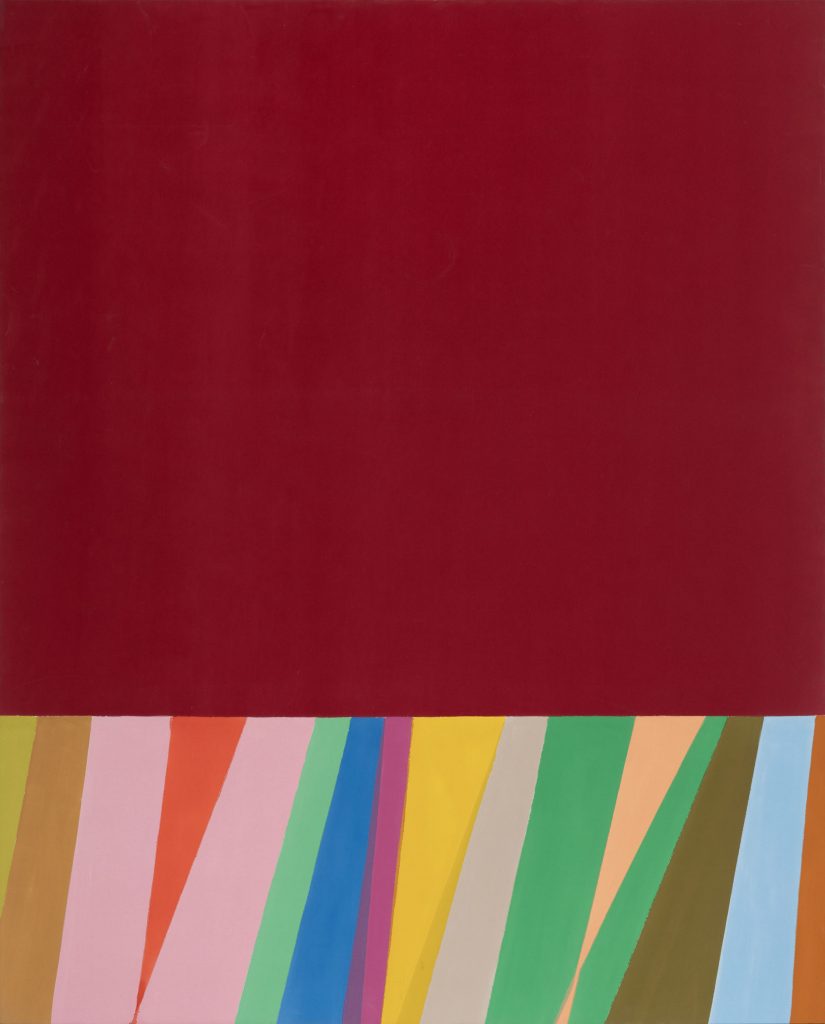
Jack Hamilton Bush, Burgundy (1968). Courtesy of Heffel.
A preeminent 20th-century Color Field painter, Jack Bush (1909–1977) was friends and associates with contemporaries such as Jules Olitski, Kenneth Noland, and Anthony Caro. An influential member of the artist group Painters Eleven, which formed in 1954 before disbanding in 1960, Bush was at the forefront of bringing modes of abstraction to the Canadian art scene. Like fellow Color Field painters of the time, Bush was influenced by the work of Helen Frankenthaler and subsequently Morris Louis, and much of his work employs the technique of thinning paint to achieve his distinct, physically saturated planes of color.
Paul-Émile Borduas
Miniatures empressées (1955)
Est. $900,000–$1,200,000
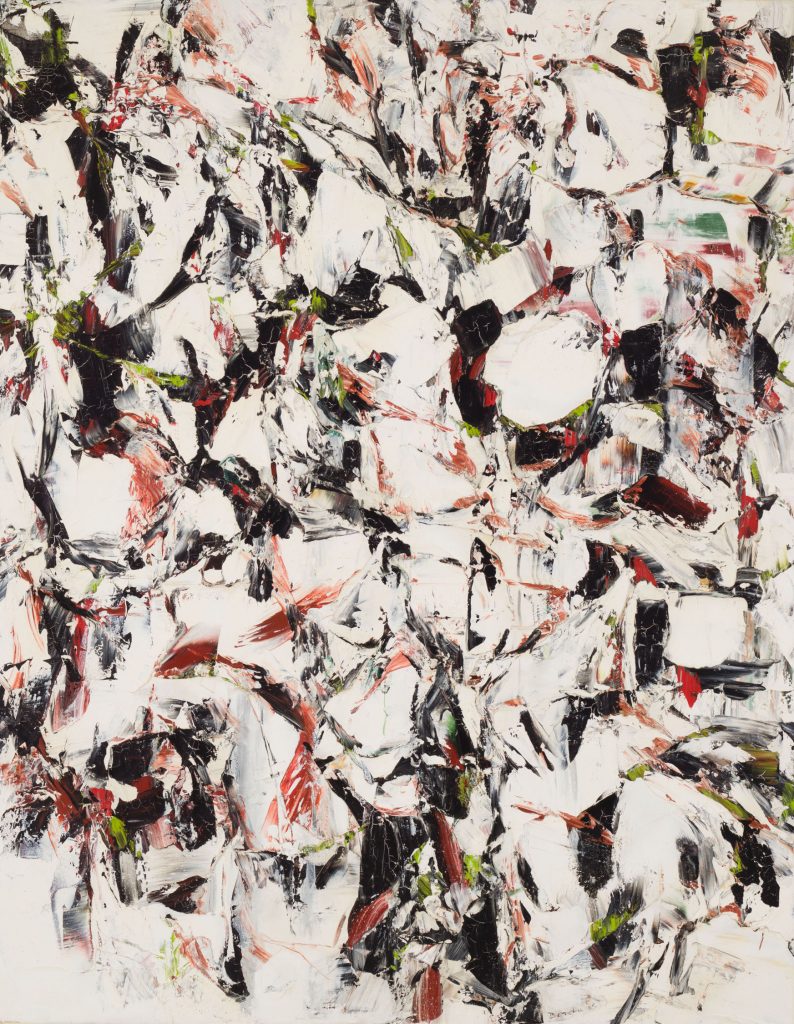
Paul-Émile Borduas, Miniatures empressées (1955). Courtesy of Heffel.
Paul-Émile Borduas (1905–1960) was a Quebecois artist recognized for his early experiments in abstraction. The founder of Les Automatiste—an avant-garde movement inspired by surrealism and the psychology of artmaking—his work with the group culminated with his primary contribution to the Refus Global manifesto in 1948, which rejected the prevailing norms of academic painting traditions, as well as the of the greater Quebecois society of the period. His work and legacy are considered one of the most influential within Canadian art history.
Heffel’s fall auctions will take place Thursday, November 23, 2023. Explore these lots and more here.
More Trending Stories:
A Shipwreck Off the Coast of Colombia May Hold $20 Billion Worth of Treasure
Hot! How a Backyard Photographer Captured Some of the Most Detailed Images of the Sun
Chinese Artist Chen Ke Celebrates the Women of Bauhaus in a Colorful, Mixed-Media Paris Debut
A Centuries-Spanning Exhibition Investigates the Age-Old Lure of Money
Meet the Woman Behind ‘Weird Medieval Guys,’ the Internet Hit Mining Odd Art From the Middle Ages
Conservators Find a ‘Monstrous Figure’ Hidden in an 18th-Century Joshua Reynolds Painting
A First-Class Dinner Menu Salvaged From the Titanic Makes Waves at Auction
The Louvre Seeks Donations to Stop an American Museum From Acquiring a French Masterpiece More Trending Stories:









